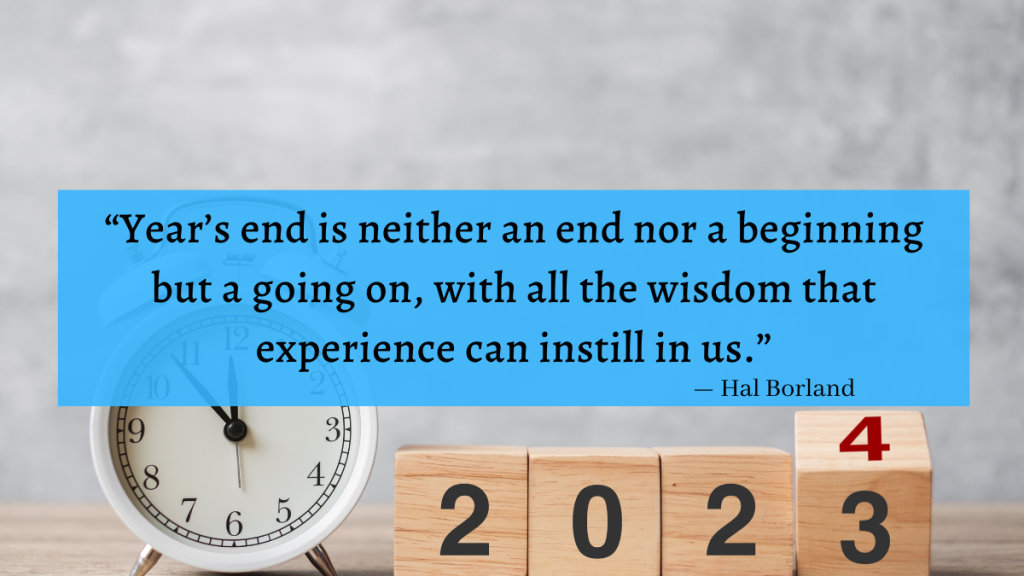I’m not sure how many other people do this, but I get hyper-fixated on what I do in my day-to-day life. I constantly analyze my habits, hobbies, and what I choose to do (or not do) during my day. Whether it’s for work or fun, I’m in a near-constant state of thought, lost in my head about my choices. But in all this thinking, I forget that I don’t always have control over what impacts my mental health, which is what I’d like to talk about today.
This post serves as a reminder of sorts, as I’m sure it’s something I’ve written about sometime in the last five years. But even if it is, it feels like a reminder I need every so often. When your life starts to find its rhythm, things are great. You feel comfortable like you’ve finally figured it out, and everything seems to flow. It’s a nice feeling, but it can often create problems when that flow gets interrupted.
When my mental health is in a good place and something comes along to disrupt that, I won’t lie: I get upset at myself. I get upset at the situation, and I get upset that I’m not in a good mood anymore. But upon reflection, this is a gross misunderstanding of why I’ve built up my mental health.
For a long time, I thought of mental health as a synonym for being happy. When people focus on their mental health they’re usually happier, right? This led me to conclude that focusing on my mental health would lead to a better mood and a happier life.
For several reasons, this assumption wasn’t helpful and didn’t work. Mental health is more than just trying to “be happy.” It’s not a hack, it’s not a secret, and it’s not a one-stop shop. Working on ourselves takes time and effort, and we don’t always see results the way we think we will. I thought improving my mental wellness would stop the storms from coming. The storms of anxiety attacks, days of depression, and all the ways mental illness challenges us. But I was coming at this problem from the wrong angle. Improving my mental wellness hasn’t stopped the storm from coming. Rather, it’s allowed me to weather the storm, to make it through until the sun shines again.
Sometimes, for reasons you can’t control, the world will put you in a bad mood. It will put you in a sad mood, or cause you pain and anguish. This might sound dramatic, but it’s the truth. And it’s in these moments that we can lean on what we’ve learned, and how we’ve grown. I often see my growth not because of the positive moments, but because of the difficult ones.
Whether this post finds you in a good mood or a bad one, I hope it provides the same reminder that it did for me. And even though we can’t control everything, the work we do on ourselves matters, because we matter. I can try and control every aspect of my day, and something can still come out of nowhere and create a challenge. That’s when I can lean on what I’ve learned and how I’ve grown to handle the situation in front of me. It doesn’t always work out, but this approach has brought more good than bad in my life, and that’s good enough for me.




